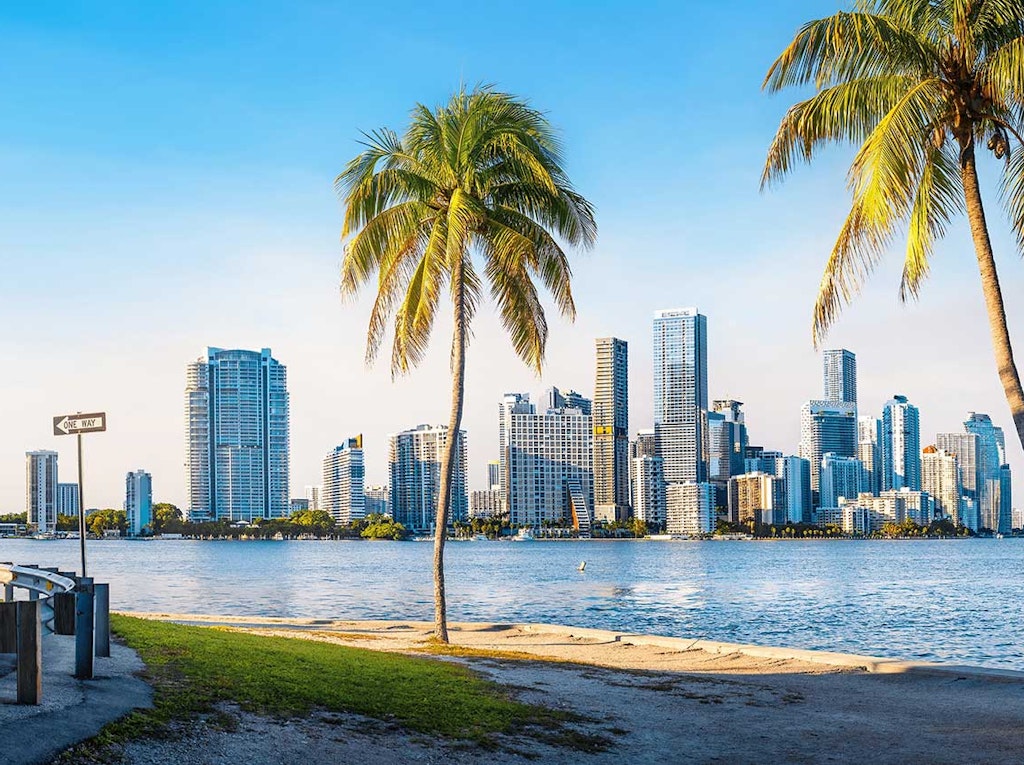
The Impact of Climate Change on Miami Real Estate Investment
Miami’s real estate market is one of the most vibrant and attractive in the world, but as climate change intensifies, it also faces unique challenges. Rising sea levels, increasing temperatures, and more frequent extreme weather events have created new factors for investors to consider. At OPMiami, we understand the importance of making informed, resilient investments, and we’re here to help clients navigate the evolving landscape of Miami real estate in the face of climate change. Below, we explore the impact of climate change on Miami’s market and provide strategies for making sustainable, smart investments.
1. Rising Sea Levels and Waterfront Property Considerations
Miami’s iconic waterfront properties are a major draw for luxury buyers, but rising sea levels have brought new risks. Low-lying areas are especially vulnerable to flooding, and while Miami has invested heavily in infrastructure to combat these challenges, rising sea levels remain a consideration for investors.
For buyers interested in waterfront or oceanfront properties, it’s important to evaluate the location’s resilience to rising water levels. Some areas are better equipped to handle these changes with improved drainage systems, elevated roadways, and flood-resistant construction. At OPMiami, we help clients assess the flood resilience of each property, ensuring you’re making a sound investment.
2. Increasing Demand for Climate-Resilient Architecture
The demand for climate-resilient architecture in Miami’s luxury market has grown significantly. Buyers are increasingly looking for properties built with hurricane-proof windows, elevated foundations, and materials resistant to humidity and salt. Properties designed with these features not only offer safety and peace of mind but also retain their value better over time.
In response to climate change, many developers in Miami are adopting sustainable building practices, using materials that withstand high winds, flooding, and other climate-related challenges. Our team at OPMiami connects clients with properties that incorporate these design elements, ensuring your investment is prepared to handle the region’s unique environmental risks.

3. The Role of Flood Insurance in Property Valuation
Flood insurance is a critical consideration for Miami real estate investments, particularly in flood-prone areas. Properties located within high-risk flood zones are typically required to have flood insurance, which can impact the overall cost of ownership. Flood insurance premiums vary based on the location, elevation, and structural resilience of the property.
At OPMiami, we guide clients in understanding the flood insurance requirements for each property, factoring these costs into your investment decision. Properties with lower flood insurance premiums are often located in areas that are more resilient to flooding, making them an attractive option for long-term investors.
4. Infrastructure Improvements and Adaptation Initiatives
Miami has taken significant steps to adapt to climate change, implementing projects to reduce flooding, improve drainage, and protect against sea-level rise. The city has committed billions of dollars to climate adaptation, focusing on building elevated roads, installing more efficient drainage systems, and investing in green infrastructure.
For investors, these infrastructure improvements can enhance the appeal and value of properties in previously vulnerable areas. At OPMiami, we keep our clients informed about Miami’s latest climate adaptation initiatives, helping you choose properties in areas that are well-positioned to benefit from these advancements.
5. Smart Home Technology and Climate Adaptation
Smart home technology has become an essential tool for managing climate-related challenges. Miami’s luxury properties increasingly feature smart systems that monitor weather conditions, control humidity levels, and automate climate controls to reduce energy consumption. These features not only make properties more comfortable and sustainable but also increase their resilience to Miami’s warm and humid environment.
For climate-conscious investors, properties equipped with smart technology are particularly appealing, as they reduce environmental impact while enhancing property value. OPMiami works with clients to identify homes with integrated smart technology that support sustainable living and contribute to a resilient real estate portfolio.
6. The Financial Benefits of Sustainable and Green Properties
Sustainable and green properties have become highly desirable in Miami’s market, appealing to buyers who value eco-conscious living. Green properties—those with energy-efficient features, sustainable materials, and eco-friendly designs—tend to have lower utility costs and may qualify for tax incentives, making them financially advantageous.
Miami’s climate-conscious buyers are willing to pay a premium for properties that prioritize sustainability, which is good news for investors. By investing in green properties, you’re not only supporting environmental goals but also securing a property that is likely to appreciate due to its forward-thinking design. At OPMiami, we connect our clients to properties with green certifications and sustainable features, helping you make an investment that is both financially and environmentally responsible.
7. Selecting Investment Locations with Future Resilience in Mind
The impact of climate change varies across Miami’s neighborhoods, and certain areas are better positioned to withstand environmental shifts. High-elevation areas such as Coral Gables and Coconut Grove are less susceptible to sea-level rise and flooding, making them strong choices for investors seeking long-term resilience. Additionally, many of these neighborhoods have invested in stormwater management and climate-adaptive infrastructure, providing added security.
For investors looking to diversify within Miami’s luxury market, choosing properties in these resilient neighborhoods can add stability to your portfolio. At OPMiami, we leverage our local expertise to help clients identify high-value investment locations with a strong track record for climate resilience.











